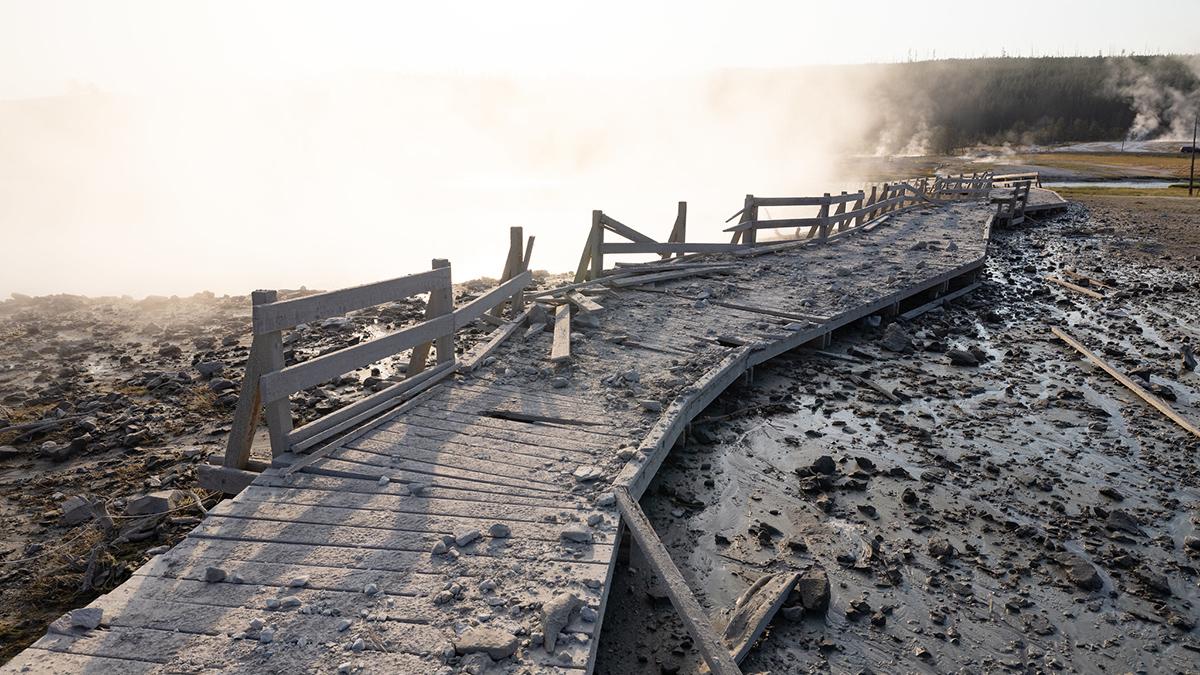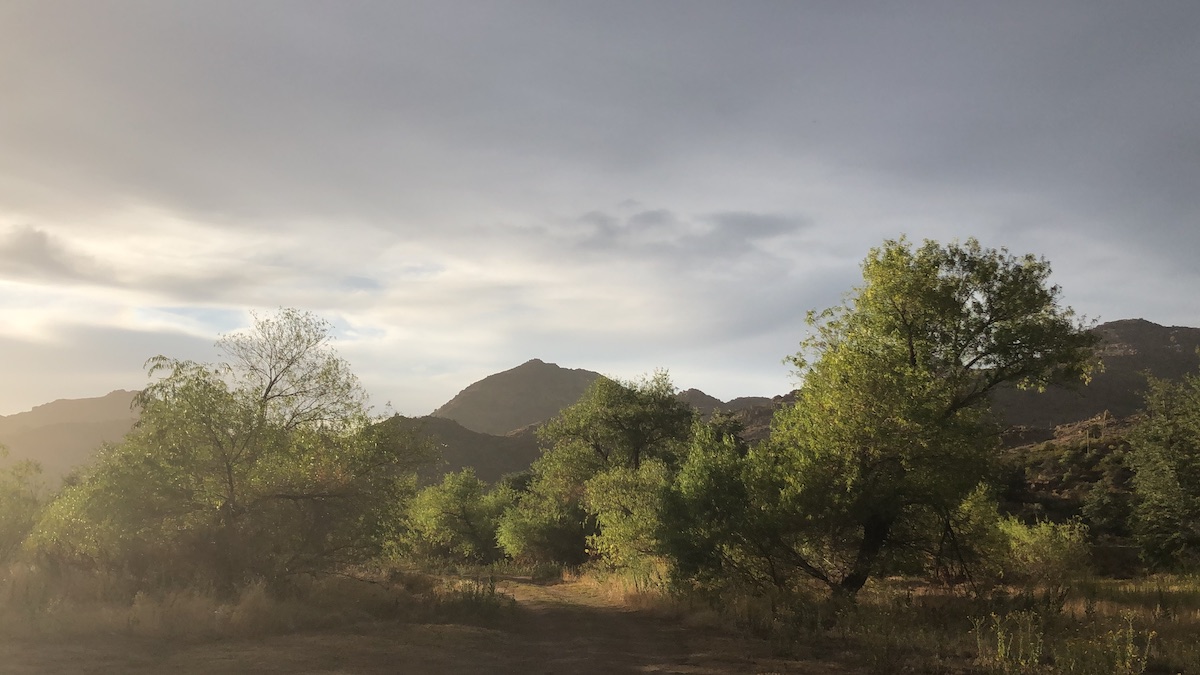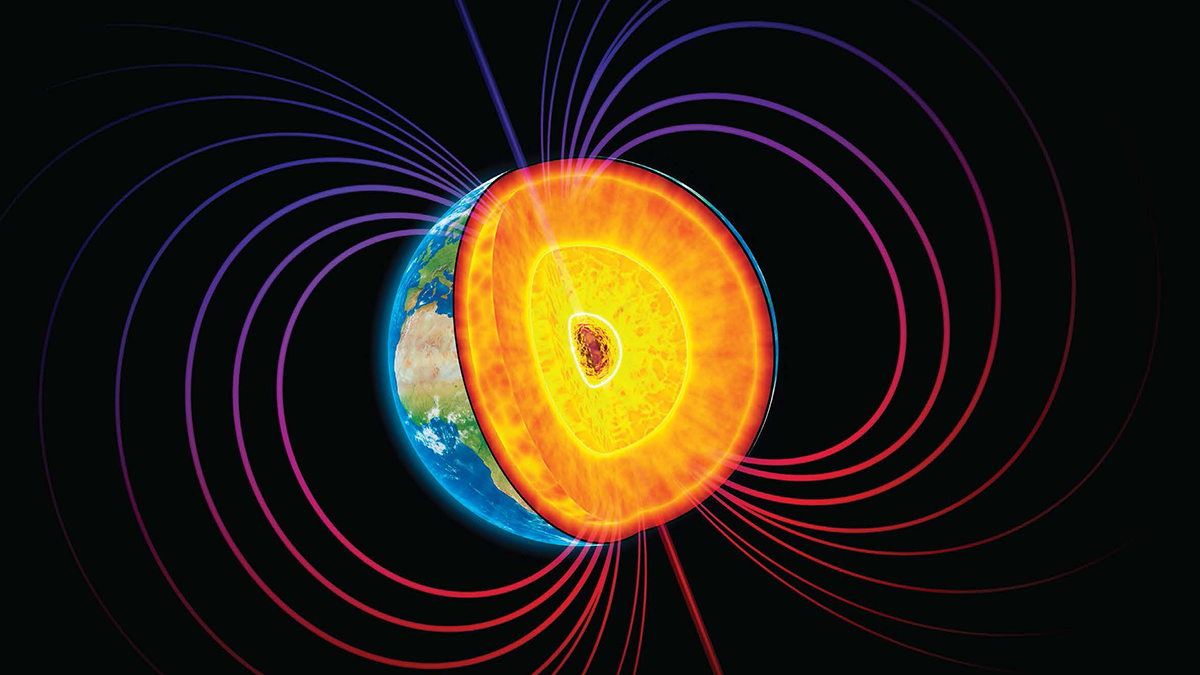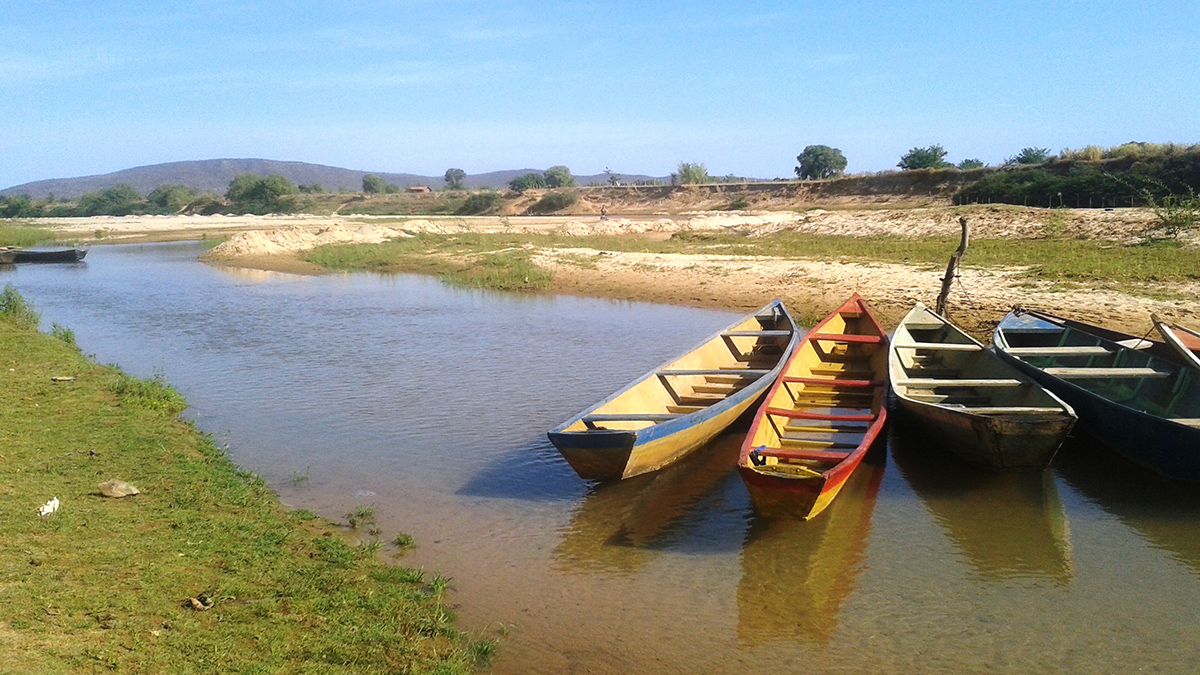A geoscientist and illustrator finds artistic inspiration in plate tectonics and geodynamics.
geology
Hydrothermal Hazards on Display in Yellowstone National Park
Tourists and officials were startled by a hydrothermal explosion at Black Diamond Pool in July 2024. Geoscientists are working out how and why it occurred to better understand these hazardous events.
Los ríos de Brasil se están infiltrando
La extracción desmedida de aguas subterráneas podría estar obligando a los ríos a infiltrar agua hacia el subsuelo, según muestra un nuevo estudio. Las regiones con actividades de irrigación intensivas son las más expuestas a este riesgo.
Supreme Court Rejects Tribal Appeal to Halt Planned Copper Mine
On 27 May, the United States Supreme Court declined to hear arguments from a group of Apache leaders challenging a copper mine that would damage land that tribe members consider sacred, according to the Los Angeles Times.
An Earth System Science Approach to Geophysics
With an underlying universal theme of convection, a new textbook introduces upper-level geology, geophysics, physics, and engineering students to the geophysics behind the Earth System.
Brazil’s Rivers Are Leaking
Wells overpumping groundwater could be forcing rivers to seep underground, a new study shows. Regions with intensive irrigation activities are at the most risk.
Seismometers Provide Fuller Picture of Los Angeles Groundwater
A new method to evaluate deep aquifers shows even torrential rains haven’t fully replenished groundwater beneath Los Angeles.
How to Build the World’s Highest Mountain
The rocks of Mount Everest’s peak made an epic journey from seafloor to summit.
Home Foundations Are Crumbling. This Mineral Is to Blame.
Pyrrhotite causes cracks in concrete. But research on how widespread the issue might be has only scratched the surface.
Nevada tiene montones de litio. Esta es la razón.
Nevada se está convirtiendo en un gran productor de litio, gracias a la topografía, el clima y la serendipia geológica.










